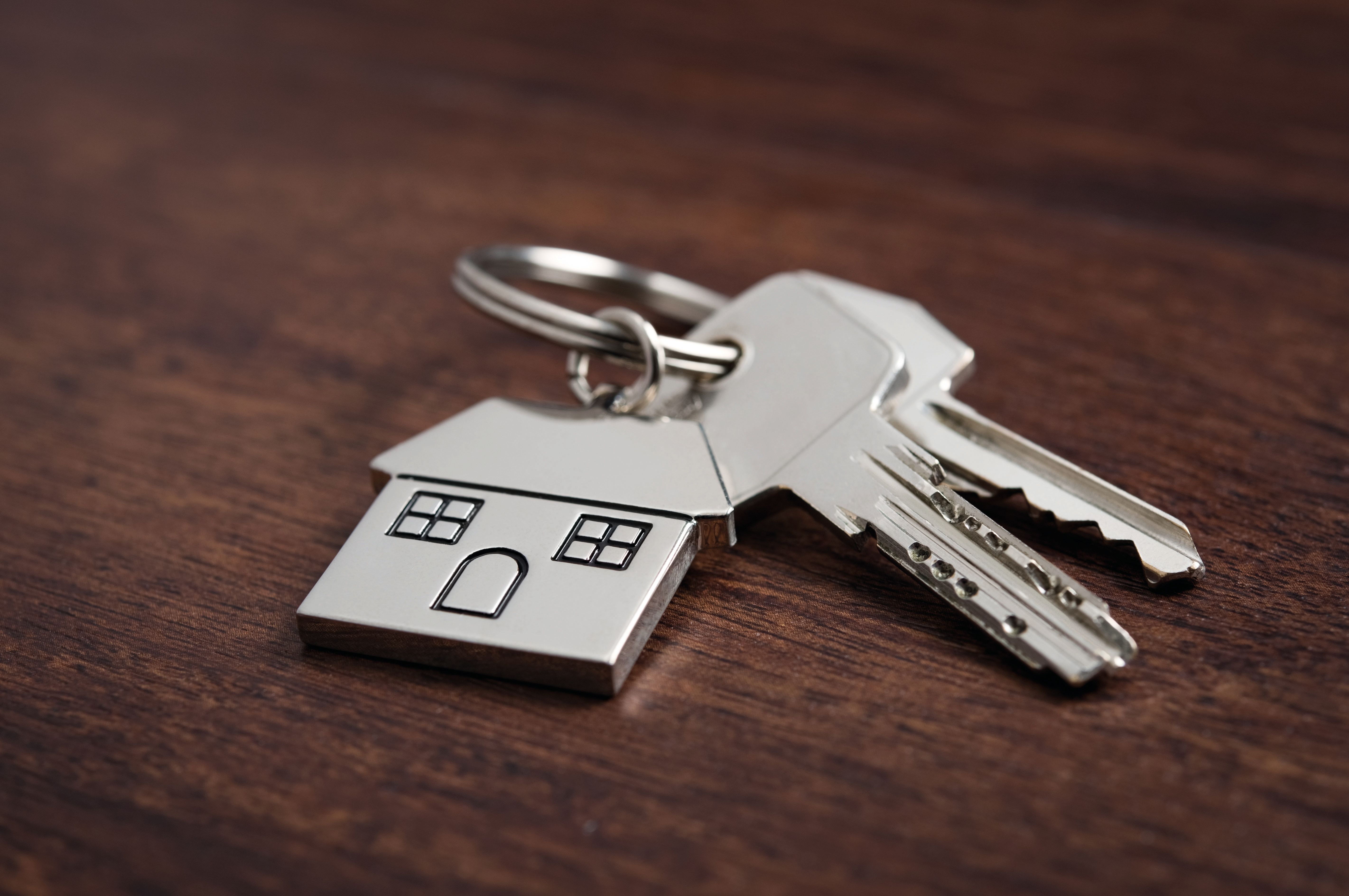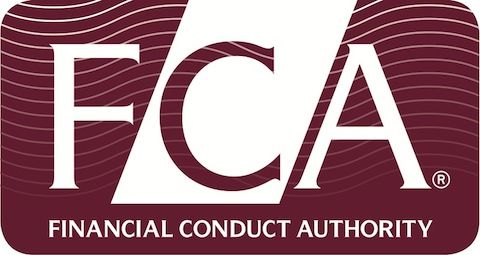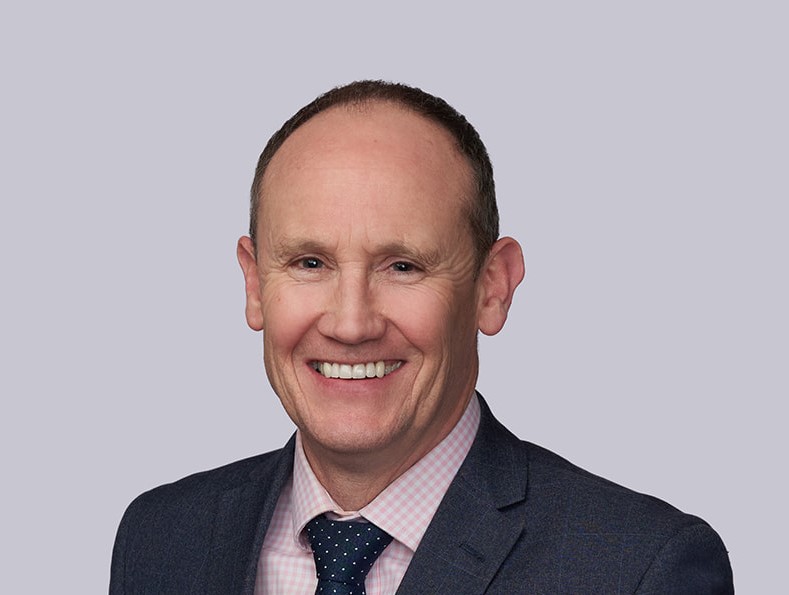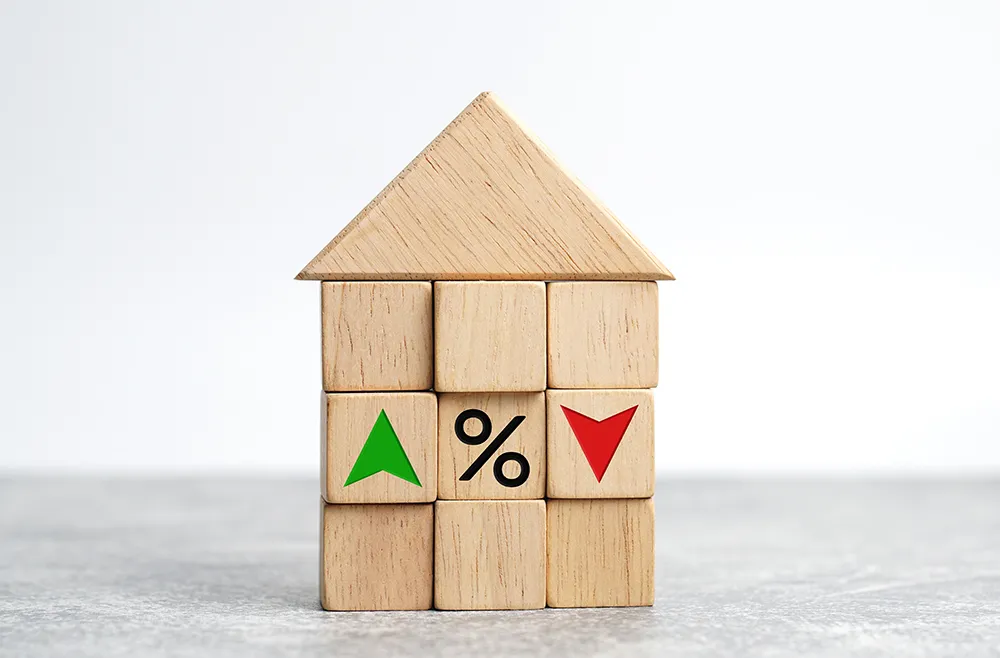
UK house prices have jumped to an average of £294,329 from £1,692 since 1953 “their most unaffordable level for around 150 years”, says Leeds Building Society, as King Charles prepares for a spring coronation.
The mutual points out that when Queen Elizabeth took the throne in 1953, the average house cost £1,692 and the average salary was £333.
However, a few months ahead of the new King’s 6 May coronation, the average home costs £294,329, while the average salary is £31,928.
Its study says at 5.9 times, first-time buyers currently have a higher average house price-to-earnings ratio than ever before.
“This particularly impacts young people and their ability to get a foothold on the housing ladder. Rates of homeownership among 25–34-year-olds have collapsed over the last 30 years,” says the lender.
The two greatest increases in house prices came during the 1980s, when they jumped by 262%, and over the last two decades, lifting by 341%.
However, the year which saw the greatest house price growth was 1973, marked by rising inflation caused by the oil crisis, which saw annual house prices rocket by 36%.
Over the last seven decades, owner occupation levels have risen, although they have fallen back in recent years.
In 1953, the proportion of people who owned their own homes was 31%, which rose gradually to peak in England at 70.9% in 2003.
They then fell steadily until the start of 2017 when the trend started to reverse. This reversal has now paused — with home ownership standing at 64%.
The 1980s saw the biggest increase in owner occupation levels, due to former Prime Minister Margaret Thatcher’s Right to Buy policy. Almost two million extra people became homeowners in this decade.
The building society points out that the number of houses built has declined decade after decade, falling by 69% since the 1960s.
The 1960s saw the largest number of new homes built at over 3.5 million.
But since then, the number of new homes built each decade has eased, with the latest figures showing that just over 1 million new homes were built in the 2010s, the lowest level since the war, says the firm.
Other factors have also compounded the nation’s demand for homes.
The UK population, since 1971 has grown by 20% to more than 67 million.
Also, over the last 50 years, due to a combination of an ageing population, an increase in the number of divorces and more people choosing to live alone, has seen the proportion of single-person households rise to just over 12% in 2021 from 3% in 1971.
“These changes have increased the demand for properties,” the mutual points out.
The lender says forecasts estimate that over the next 15 years, the UK will require 5 million new homes – an average of 340,000 a year.
It adds that this is greater than the government’s 300,000 target and has not been achieved since 1971. The average number of homes delivered each year over the last decade has been less than half of this figure.
Leeds Building Society senior economist Andrew Cook says: “Over the last 70 years the housing market has been through many ups and downs and although housing is currently at its most unaffordable levels for around 150 years, the market is still underpinned by strong fundamentals.
“But the longer-term aim for the government should be to address the drastic shortage in housing. The issues facing homeownership are deep-rooted and wide-ranging but building enough homes to meet demand is the right place to start.
“Achieving these targets will be difficult, and it will take all parts of the market to deliver this level of housebuilding, from private developers to housing associations and local government.
He adds: “It is now the hardest time to afford a home since our founding year in 1875, a sad reflection of decades of inaction to tackle the UK’s housing crisis.
“Fixing the homeownership crisis is challenging and often controversial, but with enough political will, a decades-old problem can surely be overcome and would start to deliver on the homeownership aspirations of millions of people.”
Leeds Building Society used a variety of sources for its research including the Land Registry, the Building Societies Association the Office for National Statistics, the Bank of England and the English Housing Survey.



